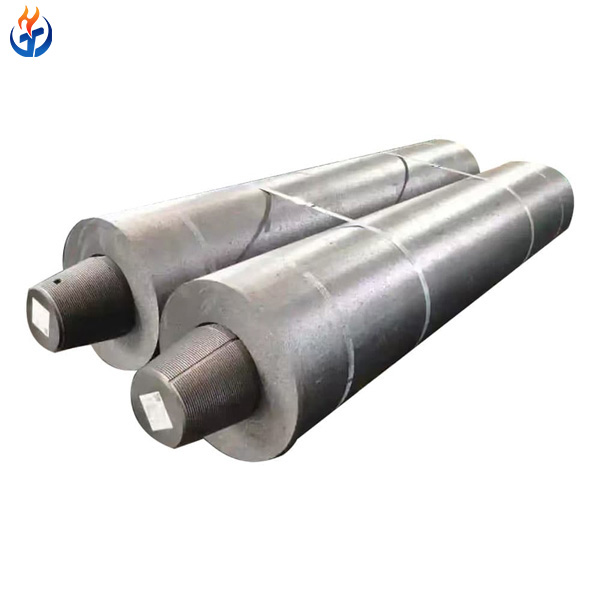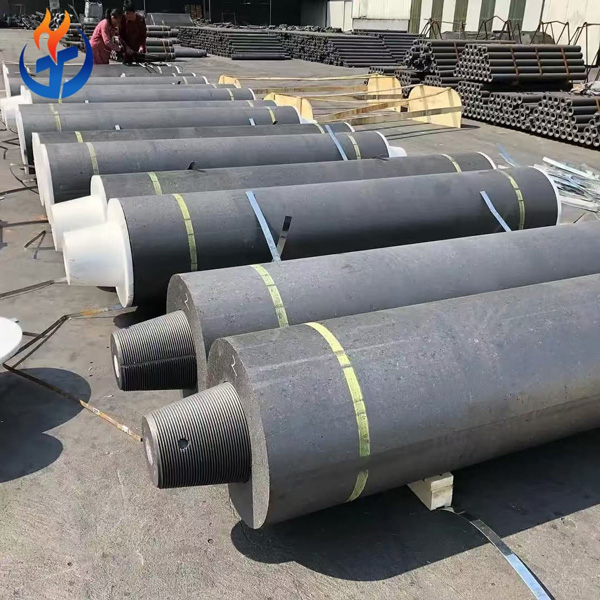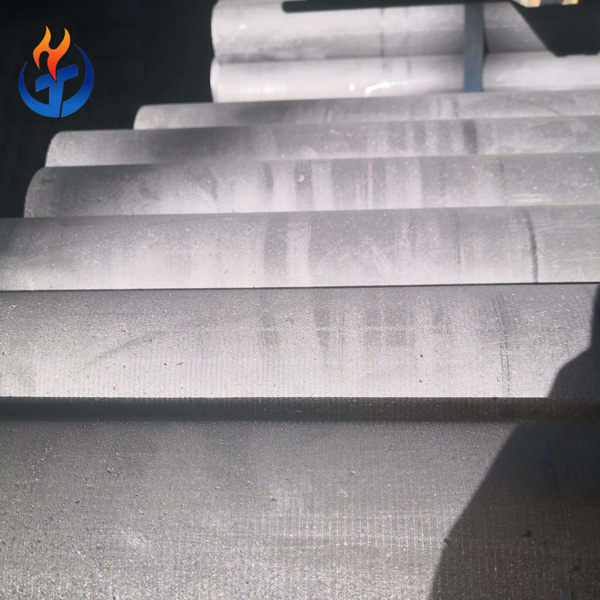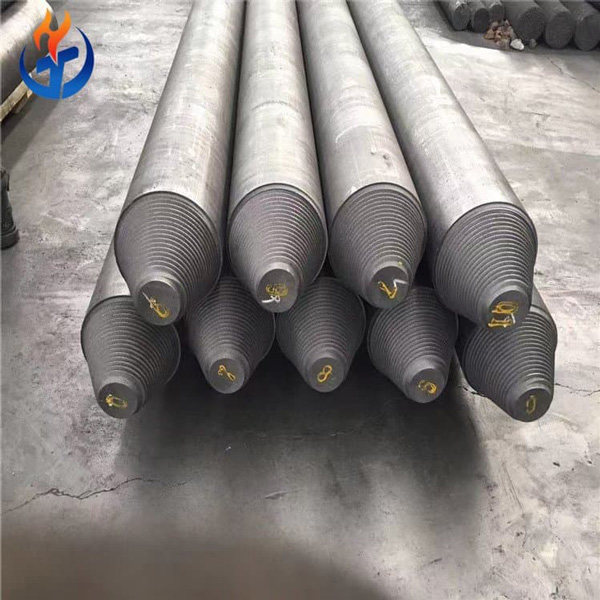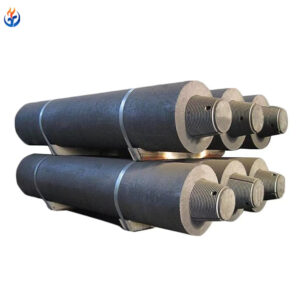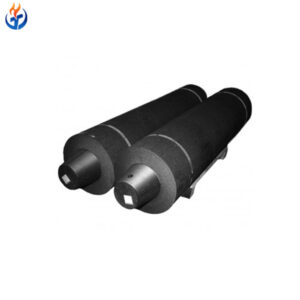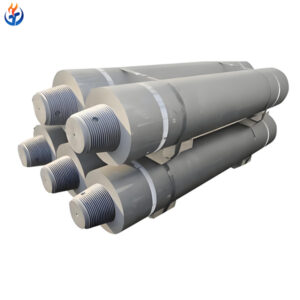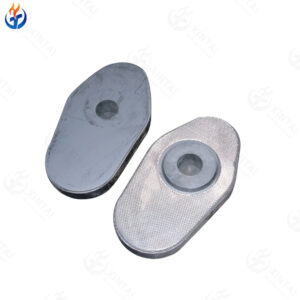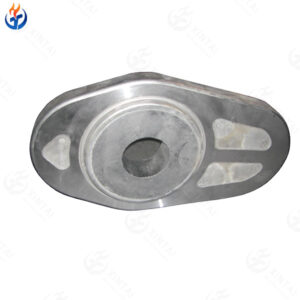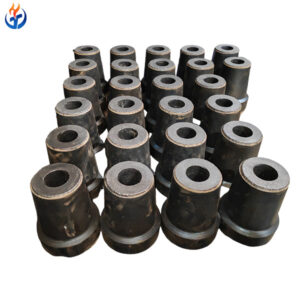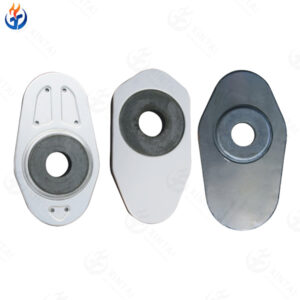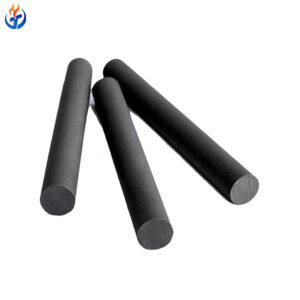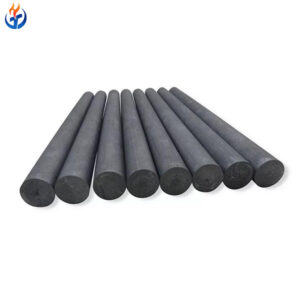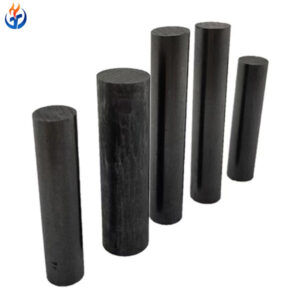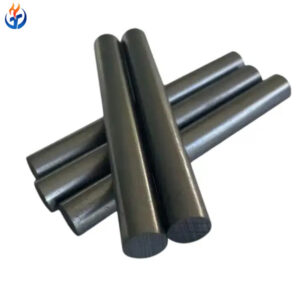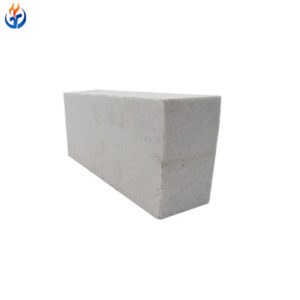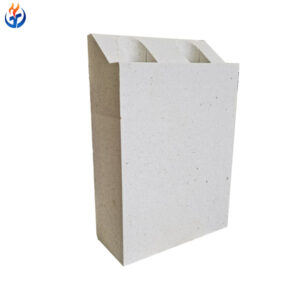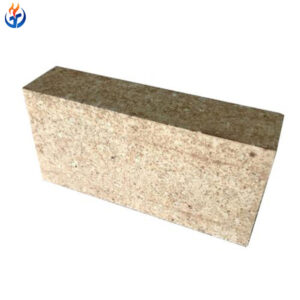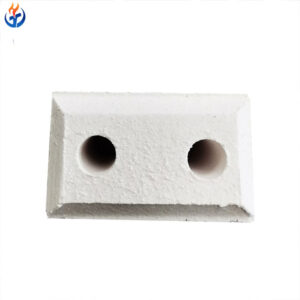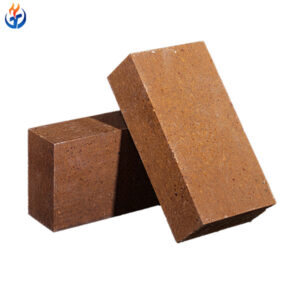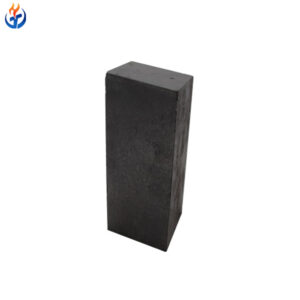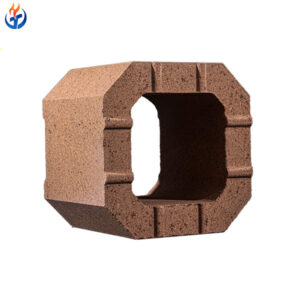The High Power Graphite Electrode is specially designed for high-power applications in Electric Arc Furnaces (EAF). Manufactured from premium raw materials using advanced technology, this electrode offers excellent electrical and mechanical properties to meet the demanding requirements of high-intensity steelmaking.
Technical Specifications
| Item | Unit | φ250-400 | φ450-600 |
|---|---|---|---|
| Resistivity Max (uΩm) | Electrode | 6.2 | 6.5 |
| Nipple | 4.5 | 4.5 | |
| Flexural Strength Min (MPa) | Electrode | 11.0 | 11.0 |
| Nipple | 20.0 | 20.0 | |
| Elastic Modulus Max (GPa) | Electrode | 12.0 | 12.0 |
| Nipple | 16.0 | 16.0 | |
| Bulk Density Min (g/cm³) | Electrode | 1.66 | 1.66 |
| Nipple | 1.74 | 1.74 | |
| C.T.E Max (10⁻⁶/°C) | Electrode | 2.0 | 2.0 |
| Nipple | 1.6 | 1.6 | |
| Ash Max (%) | Electrode | 0.3 | 0.3 |
| Nipple | 0.3 | 0.3 |
Key Features
Low Resistivity: Maximum resistivity of 6.2 to 6.5 μΩ·m ensures efficient current conduction, reducing energy consumption and improving melting efficiency.
High Flexural Strength: Minimum flexural strength of 11.0 MPa provides strong mechanical performance under high temperature and heavy load, minimizing the risk of fracture.
Superior Elastic Modulus: Maximum elastic modulus of 12.0 GPa enhances the overall rigidity and durability of the electrode.
High Bulk Density: Minimum bulk density of 1.66 g/cm³ improves electrical conductivity and extends service life.
Low Coefficient of Thermal Expansion: Maximum CTE of 2.0×10⁻⁶ /°C between 100°C and 600°C ensures dimensional stability in high-temperature environments, preventing thermal cracking.
Low Ash Content: Ash content controlled below 0.3%, reducing impurity impact on electrode performance.
Typical Applications
High Power Graphite Electrodes are widely used in various industrial applications that require reliable and efficient high-current electrical conduction, including:
Electric Arc Furnaces (EAF): Primarily used in steelmaking processes where high electrical power is needed to melt scrap metal and raw materials efficiently.
Ladle Furnaces: Utilized in secondary steel refining to maintain precise temperature control and improve steel quality.
Metallurgical Industry: Suitable for applications involving high-temperature metallurgical processes requiring durable and conductive electrodes.
Non-Ferrous Metal Melting: Applied in melting operations of metals such as copper, aluminum, and other non-ferrous alloys where high power input is essential.
Chemical Industry: Used in certain high-temperature electrochemical processes requiring stable and conductive electrodes.
Production Details
The High Power Graphite Electrode is manufactured using high-quality petroleum coke and needle coke as raw materials, selected for their superior purity and conductivity. The production process involves several key stages to ensure optimal physical and chemical properties:
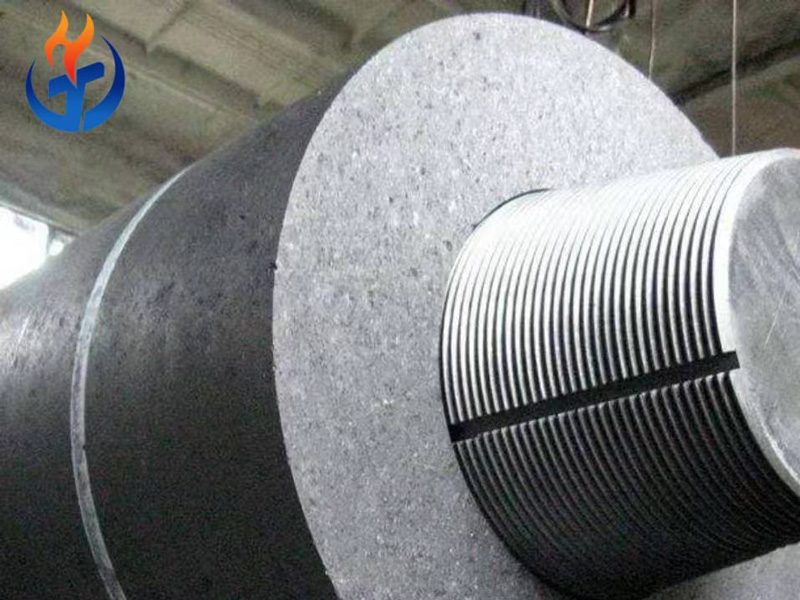
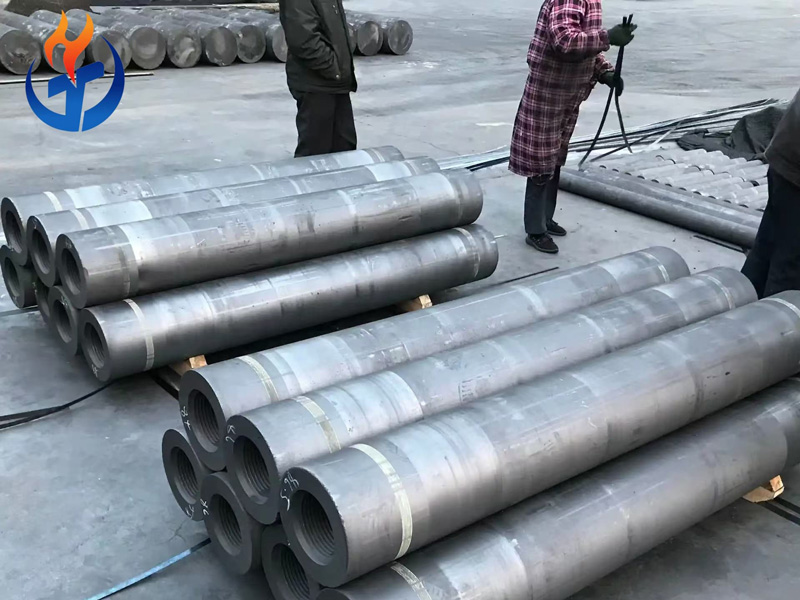
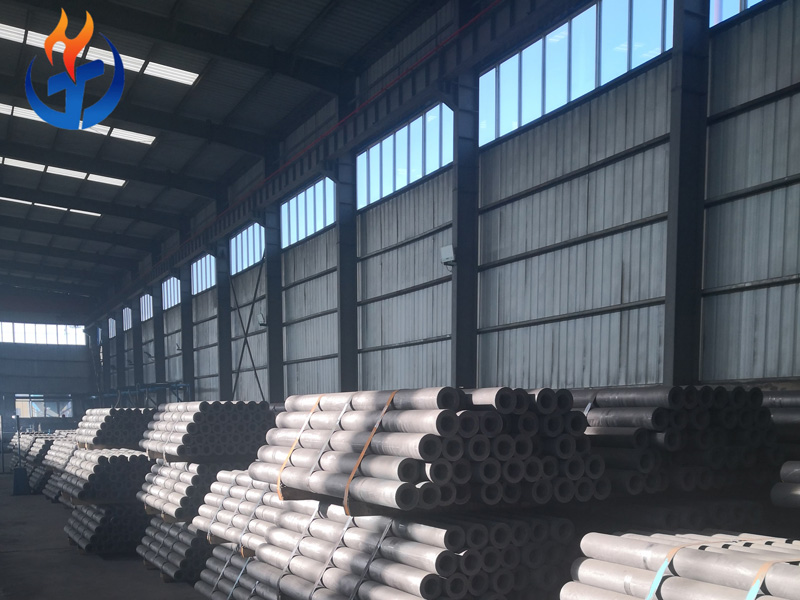
Packing and Shipping Details
We provide secure packaging and reliable shipping to ensure products reach customers safely and in perfect condition. Our professional technical support team is ready to assist with any questions or issues during product use.
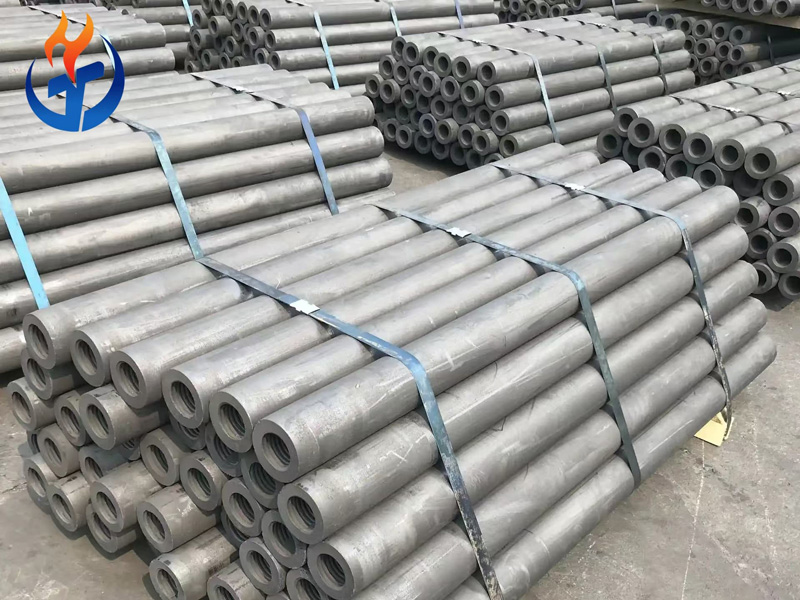
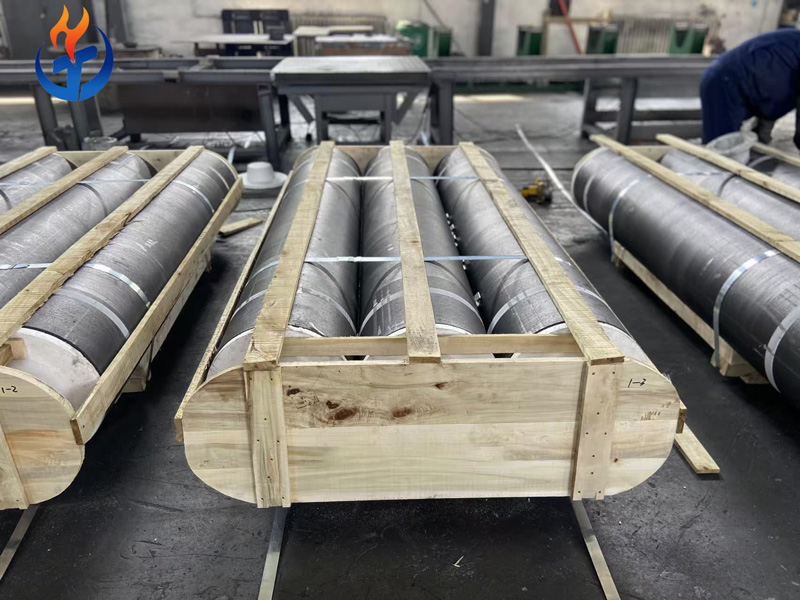
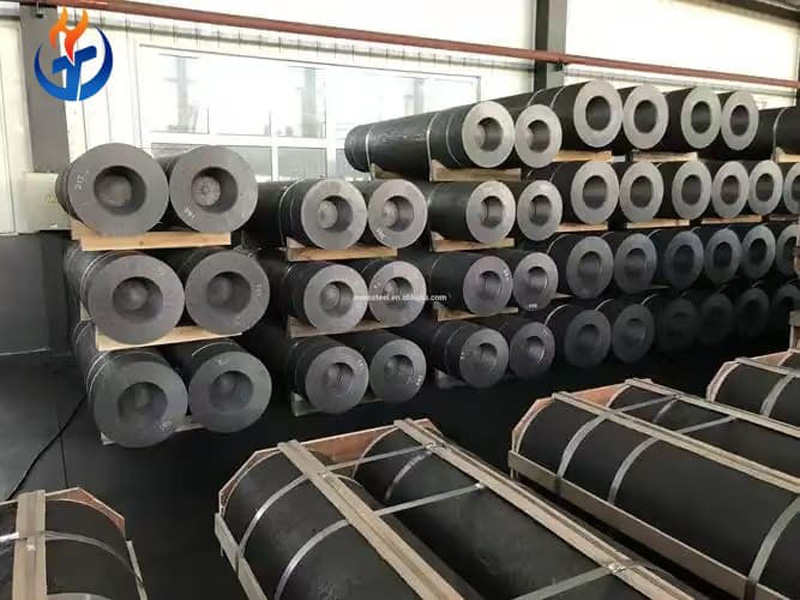
Frequently Asked Questions (FAQ)
Q1: What is the typical diameter range available for High Power Graphite Electrodes?
The common diameters available are from φ250 mm to φ600 mm, including φ250-400 mm and φ450-600 mm ranges. Custom sizes can also be produced based on customer requirements.
Q2: What applications are High Power Graphite Electrodes mainly used for?
They are primarily used in electric arc furnaces (EAF) for steelmaking, ladle furnaces, and other metallurgical processes requiring high electrical power and thermal stability.
Q3. How does High Power Graphite Electrode differ from Regular Power or Ultra High Power electrodes?
High Power electrodes have lower resistivity and higher mechanical strength compared to Regular Power types, but slightly lower than Ultra High Power electrodes. They offer a balance of performance and cost suitable for many high-power applications.
Q4: What is the typical service life of a High Power Graphite Electrode?
Service life depends on operating conditions, but generally, High Power electrodes provide a long lifespan due to their optimized density and strength, improving furnace efficiency and reducing downtime.
Q5: How do you ensure the quality of High Power Graphite Electrodes?
Each electrode undergoes strict quality control tests including resistivity measurement, flexural strength testing, bulk density analysis, and thermal expansion evaluation to meet industry standards.

